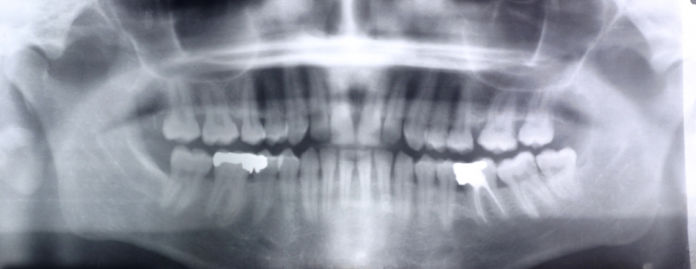While dental X-rays normally occur yearly, there can be other factors that affect the frequency of X-rays. These include:
- Age
- If your dentist is monitoring a specific issue
- Your current dental health
- History/symptoms of oral disease
- A history of gum disease (gingivitis), bone disease (periodontitis), or tooth decay
For quite some time, there have been debates around the safety and risks regarding dental X-rays. As technology continues to develop and become more sophisticated, exposure to radiation is lowered significantly. Today, the risk is almost nonexistent due to minor radiation exposure and the implementation of digital X-rays, effective in cutting down radiation exposure by nearly half. To assist in reducing risk, dentists still use a lead covering with a thyroid collar to protect the thyroid.
For adults, dental X-rays are used to look for areas of decay that the dentist would not be able to see with the naked eye, such as areas between the teeth or underneath a filling.
X-rays allow dentists to exercise preventative action, alerting to things like bone loss from periodontal disease, show problems in the root of a tooth such as infection or death of the nerve and look for other problems like cysts, cancer or changes caused by diseases of the body.
Dental X-rays can also assist in helping your dentist plan, prepare and place tooth implants, braces, dentures or other dental work.
For these reasons, it is incredibly important that patients receive dental X-rays as needed to assess for various oral health concerns, and at minimum have a series of X-rays completed annually.
Credit – Dental Associates



























